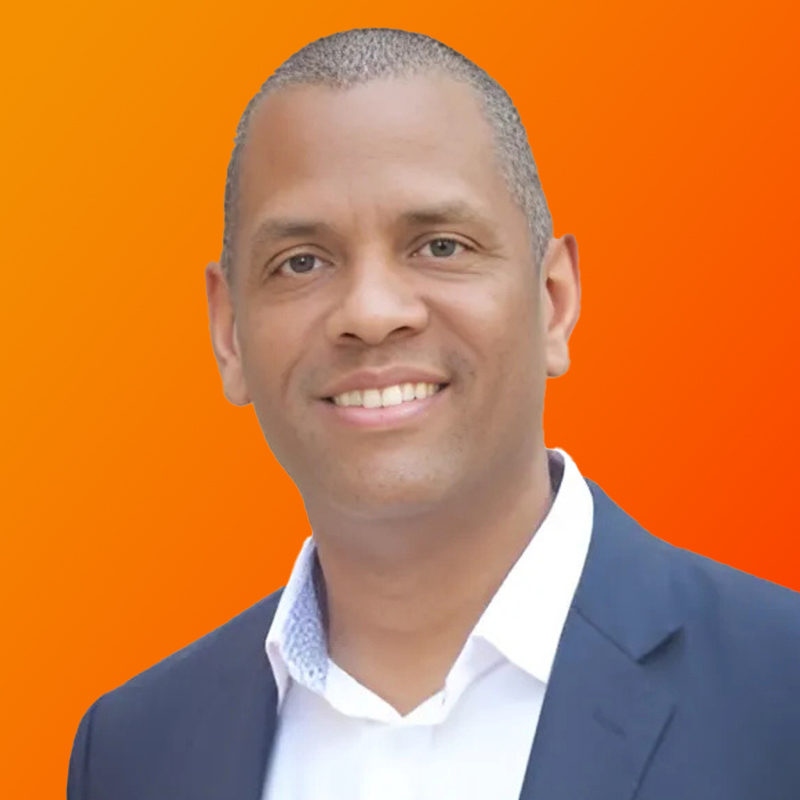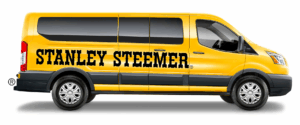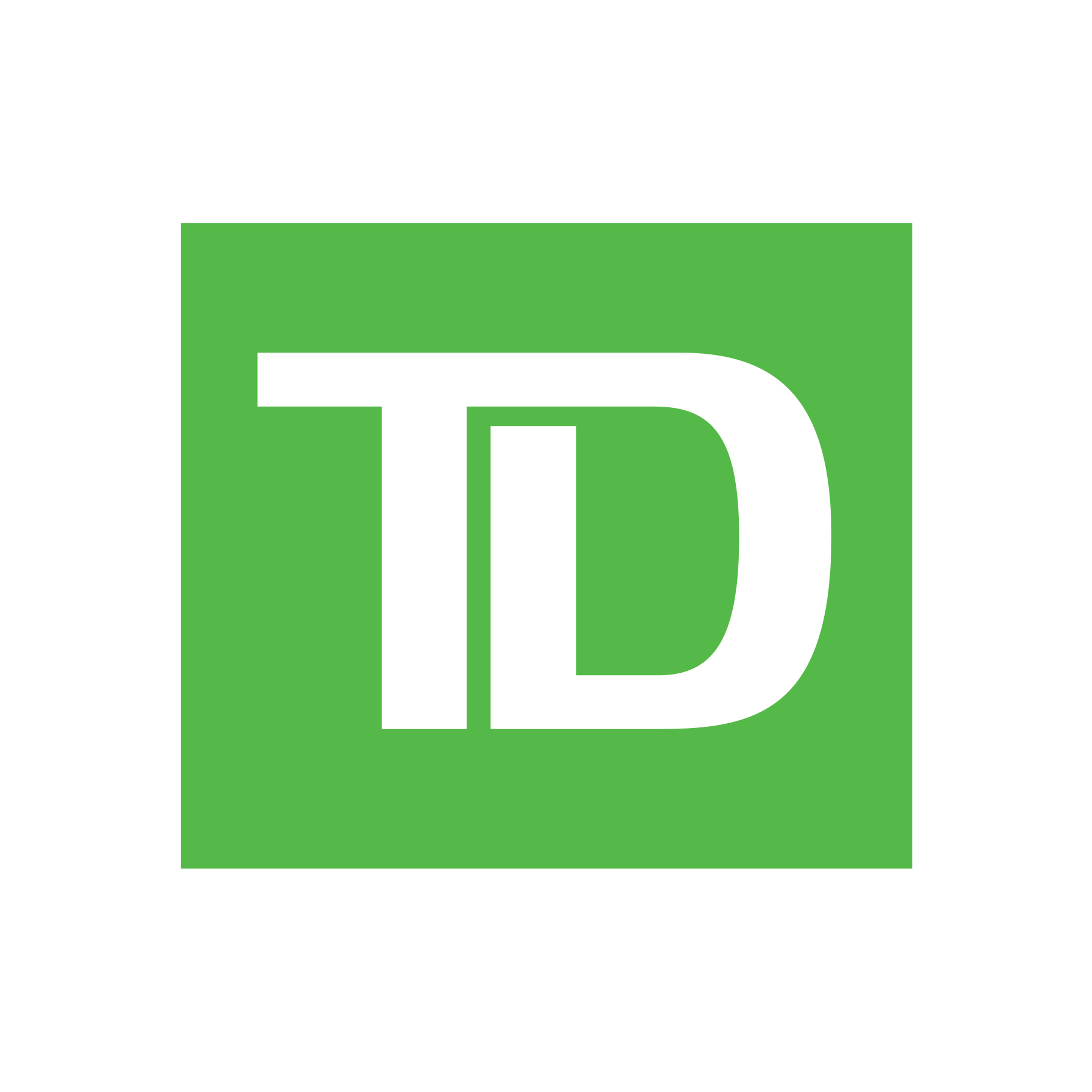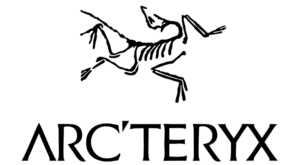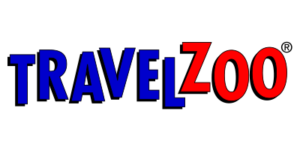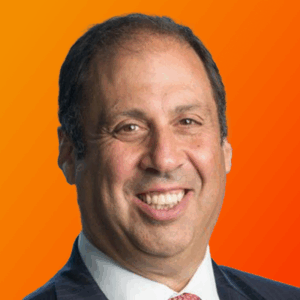Guest blog post written by Tim Mueller-Hickler
Part 1: Behavioral Interviews
The following are lessons I have learned from over a thousand interviews, and from being a past Bar Raiser and VP of Human Resources at Amazon. This article will focus on general best practices for interviewing, with a specific focus on how to answer behavioral interview questions.
Preparation
Preparation before the interview is as, or more, important than the interview itself. Plan on up to 5 hours of prep time for a 1-hour interview. Key things to keep in mind:
- Learn about the people you will be meeting (use LinkedIn, and ask the recruiter – they are an excellent resource for you).
- Understand their education, career trajectory, and work philosophy. Review their non-work accomplishments (volunteer work, etc).
- Find areas of communality that you can use to establish a personal rapport (“We both studied abroad”, “I also volunteer on a foundation”).
Use AI to summarize customer and employee reviews. Learn about the business by exploring their website (walk the store), calling their customer service, and ordering their products. Understand their customer experience, their pricing structure, and their logistics. Learn about the company strategy and corporate values from sources such as YouTube, investor presentations, and podcasts. It is expected that you have done this pre-work, and you should find a way to work it into the interview (potentially in the Q&A).
Anticipate questions based on what you have learned about the company values, strategy, job description, and walking the store. Prepare answers (with specific examples) to the most likely questions. Practice your answers out loud on at least three separate occasions. You can use Microsoft Copilot or ChatGPT to practice your answers and get direct feedback on the quality of your response.
Identify your top three examples that do the best job of highlighting why you are a good fit for this company, this team, and this position. Make sure you work these into your interview.
Only interview if you are prepared, you want the job, and/or are serious about learning if the company is the right fit. Interviewing takes a lot of your time, and a lot of the interviewer’s time. Don’t go in to practice, or to “take one interview per year.” 1
The Interview
Interviews can take place in many forms – from informal discussions over golf or a cup of coffee to more formal meetings. Don’t be lulled into thinking that interviews only take place in structured settings. Prepare ahead of time for the informal interactions as well.
Behavioral Question Interviews
Behavioral questions are designed to gather information about a distinct competency, such as customer obsession, attention to detail, or thinking big. They usually ask for a specific example, and they may start with something along the lines of: “Tell me about a time when… ” Note that some behavioral interviews will also include questions about specific domain expertise. The following advice applies equally to these types of questions.
When answering a behavioral question, your answer must have three sections: 1) Setting the context, 2) Stating the details of your example, and 3) The outcome. Basically, a beginning, middle, and end. This is sometimes called the STAR method (Situation, Task, Action, Result).
1. Setting the context. In this section, you are introducing your topic to provide the interviewer with the necessary context to understand the details of your answer. This is when you introduce what type of company you were with and the role you had, as well as the context of the problem. An example might be:
“Three years ago, I was employed by the Bruce Wayne Foundation, with a charter to fight crime and protect the citizens of Gotham City. We received a tip about a villain called The Joker, stating that he intended to corner the market on eggs and plaster the downtown buildings with them. This would not only create a significant mess, but it would also drive up the prices of eggs to over $10 per carton. I took it upon myself to investigate possible solutions and stop this heinous act.”
2. The details. In this section, you explain the actual work you did, including your approach. Let the interviewer into your thinking and highlight why the solution was unique/impactful. This section is the meat and potatoes of your proposal. You should include details and be precise about your role in driving the solution. Use supporting data whenever possible. For example:
“Rather than jumping straight to action, I pulled my team together and we brainstormed a list of possible solutions. I plotted these options on a scatter diagram, with citizen impact on the X axis and effectiveness of stopping the Joker on the Y axis. My team advised that we could write software that limits the amount of eggs purchased based on frequent shopper numbers. However, this solution was not sufficiently customer-focused (it scored low on citizen impact), as it inconvenienced many shoppers. We eventually thought bigger about the solution and used the software to identify just the Joker’s associates. I then worked with the egg distributors to sell a specially formulated egg only to the bad actors. This egg would spoil as soon as it left the store, and burst into a gooey, smelly mess by the time they reached their hideout.”
3. The Outcome. In this section, you wrap it all up. You explain the (preferably measurable) outcome of your actions, including whether this was a permanent solution.
“The solution worked as designed. The Joker spent $51K on eggs that made a smelly mess of his hideout! His plan was completely spoiled, and the citizens of Gotham were not inconvenienced in any manner. Long-term attacks by the Joker have declined 42% in the following 12 months, indicating that he learned there is nothing funny about crime. I guess the yoke was on him!”
Q&A
Q&A is an essential part of the interview. Don’t let your guard down just yet! Use this time to add or reinforce any information about you that hasn’t come across in the interview, and to gather the information you need to make a decision should you get a job offer. If you don’t have insightful questions prepared, it’s a red flag for the interviewer. Questions are not optional, and you should be ready to use all of the allocated time in a meaningful conversation.
If you haven’t been able to work your understanding of their business into your answers so far, this is a good time to demonstrate that you walked the store, are well acquainted with their business, and have done your homework.
If you have not worked your three most important examples into the interview, consider surfacing some of that info now (if appropriate).
This is the time to gather additional information you need about the company strategy, the company culture, the hiring manager’s leadership style, and the type of work you will be doing.
Use this time wisely and make sure you are well prepared! I once had an interview with a CEO, and he opened the interview with a single question: “What questions do you have for me?” I had to lead the full hour-long conversation, so it was good that I had prepped for the Q&A section and walked the store.
Close
The close is an often overlooked, but critical part of the interview. At the end of the interview, look the hiring manager (and key panelists) in the eye and tell them: “I’m really excited about working with you. I would love to be part of this team. I’m confident I can quickly contribute, and I’m in it for the long term”.
It might sound like flattery, but the truth is every manager wants to hear that you want to work with them, and that you want to be part of their team. Don’t miss this step, it’s important and too often neglected. And make sure it’s authentic!
Good luck, and have fun!
1 The opposing point of view is that you should interview regularly, as it allows you to practice and hone your interview skills. It is a way to refine your story and confidently answer questions after practicing them in real life. It also allows you to develop relationships with hiring managers and recruiters/headhunters.
The Execs In The Know Expert Network
Want to connect with Tim or learn more about his expertise? You can do that through the Execs In The Know Expert Network—a curated group of trusted CX professionals, each selected for their proven leadership and deep subject matter expertise across key areas of the customer experience discipline.
Access to the Expert Network is available exclusively to Know It All (KIA) members. Not a member yet? Join the free KIA community today and start tapping into CX expertise you can trust.
About Tim

A seasoned global operations and customer experience executive, Tim Mueller-Hickler is known for his empathetic leadership, high standards, and commitment to customer-focused operational excellence.
A member of the Execs In The Know Expert Network, he has held senior roles at industry-leading companies including Amazon, Sun Microsystems, and Snap, where he led large-scale global teams across customer service, trust and safety, shared services, and platform integrity.
With a career spanning logistics, tech, and digital platforms, he has overseen teams of up to 50,000 agents, managed over $1B in annual spend, and helped shape Amazon’s world-renowned customer service reputation. Fluent in multiple languages and with extensive international experience, he brings a unique global perspective to developing high-performing, culturally attuned teams.



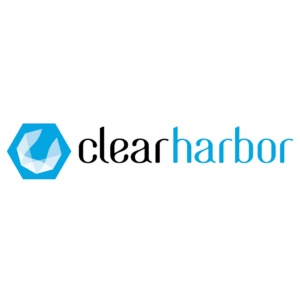



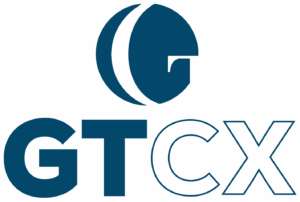

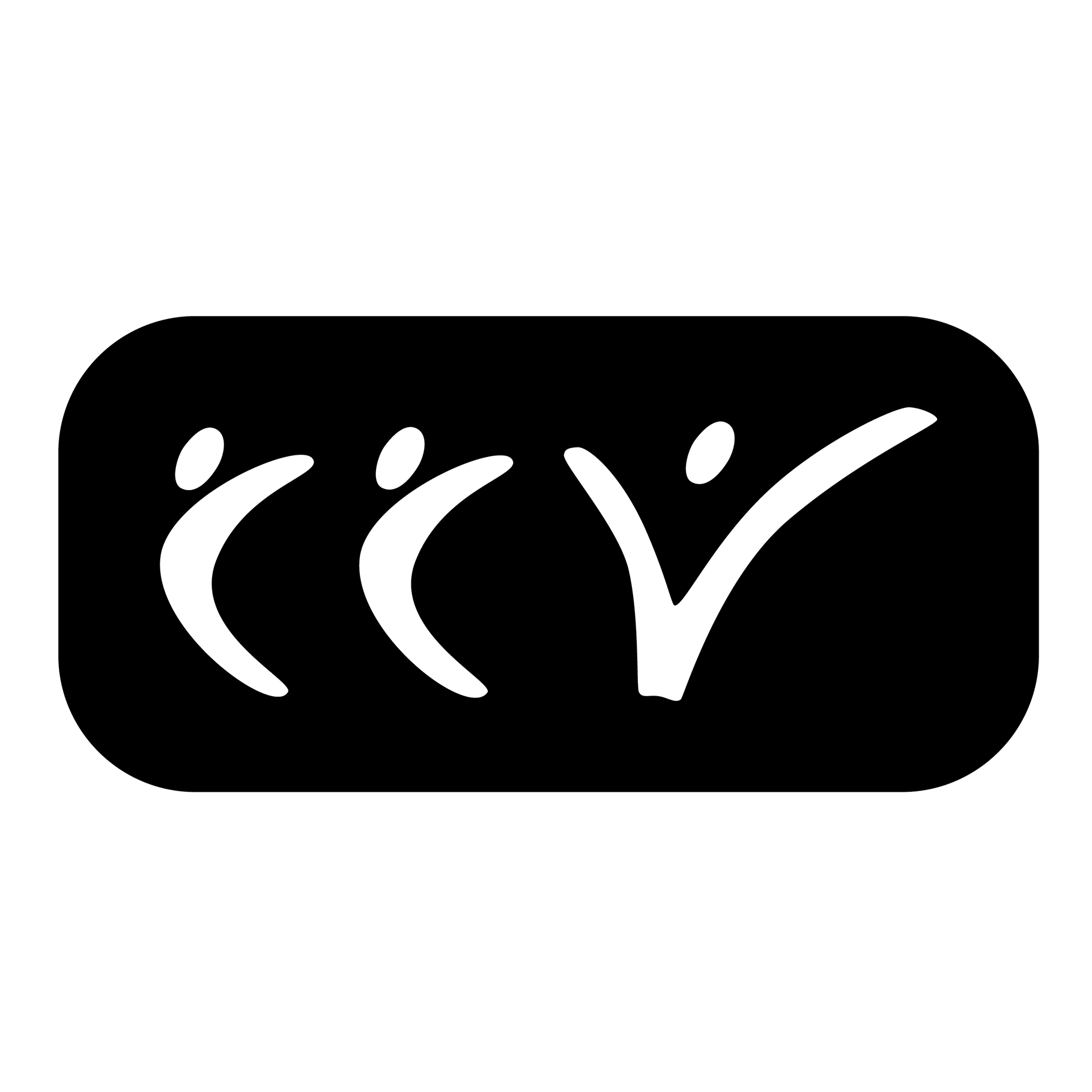









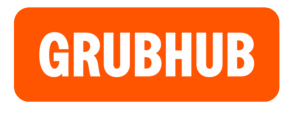


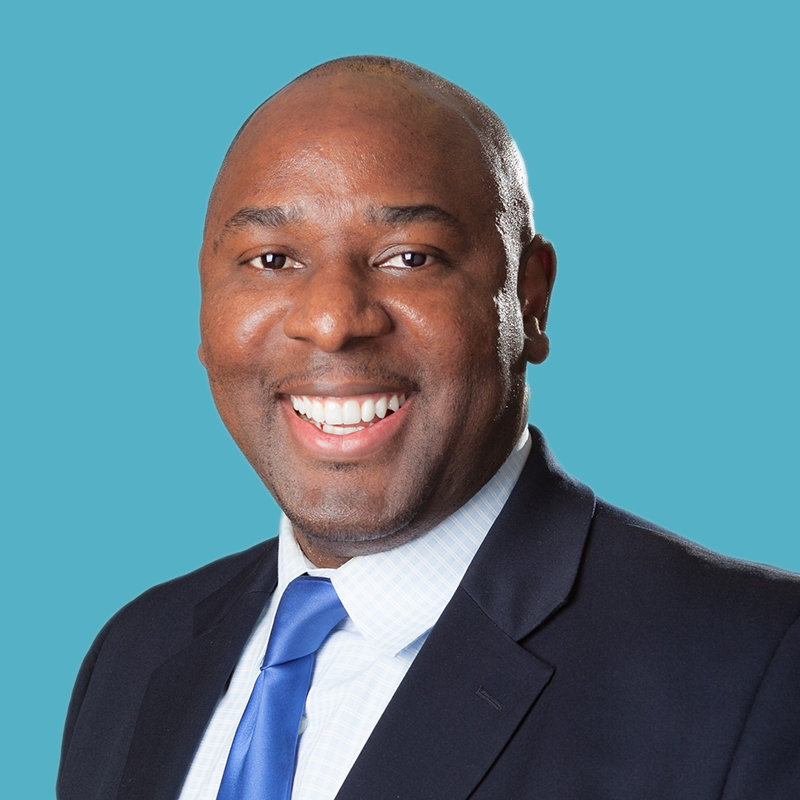














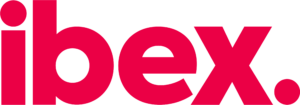
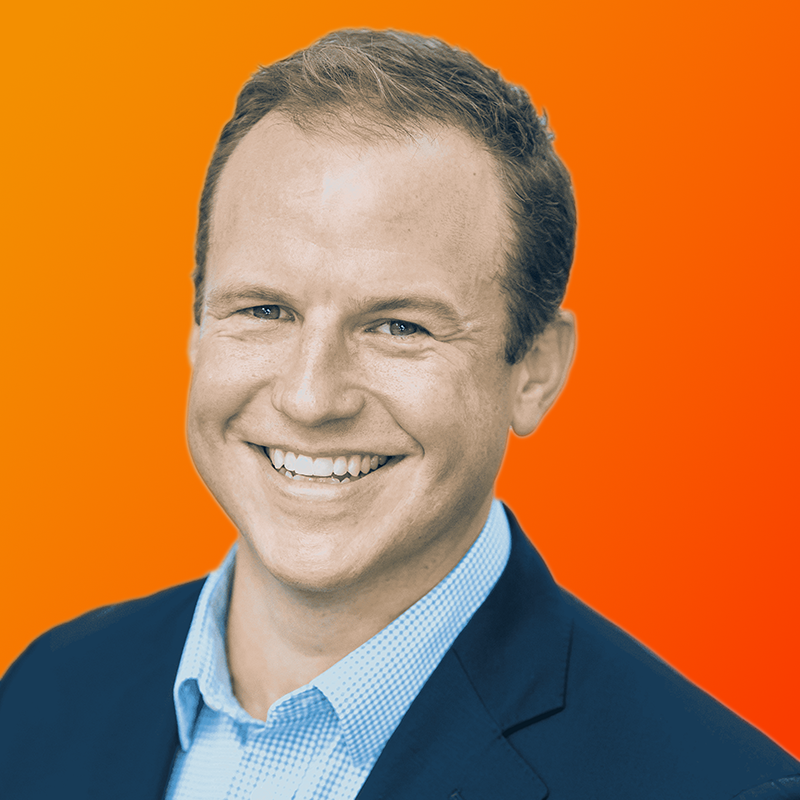



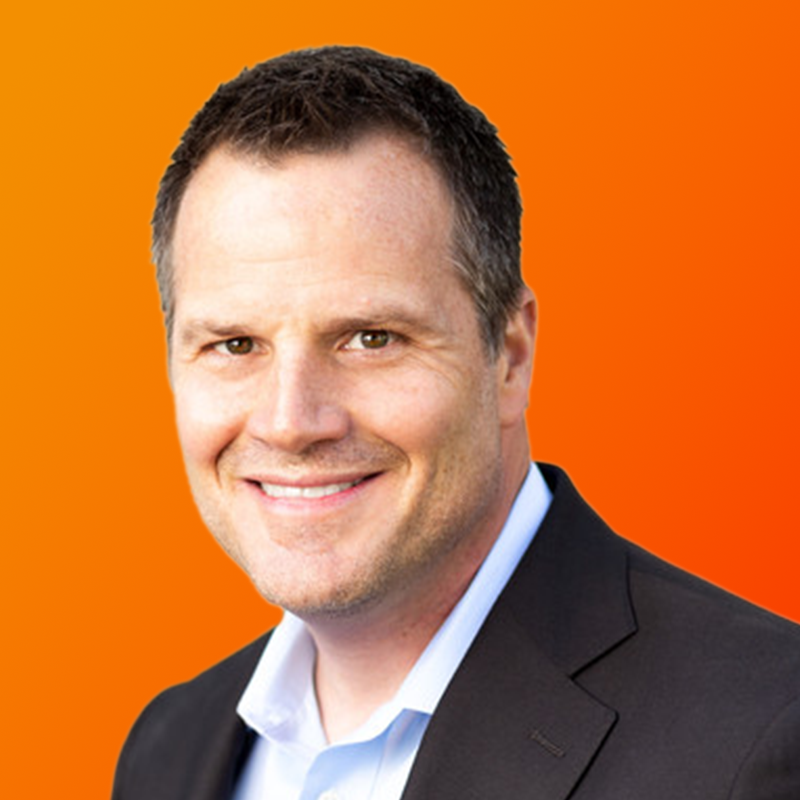




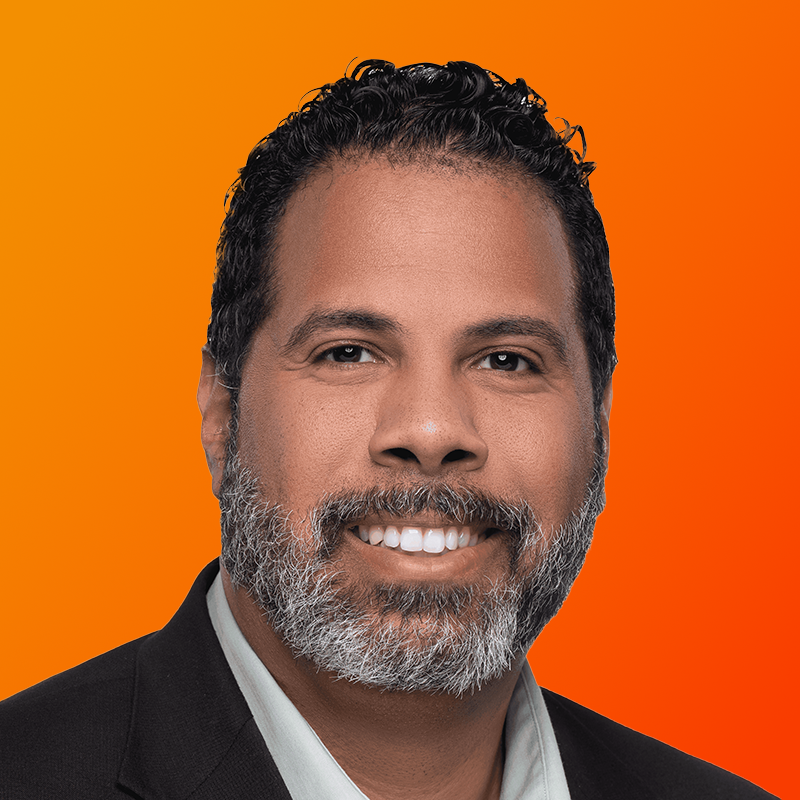
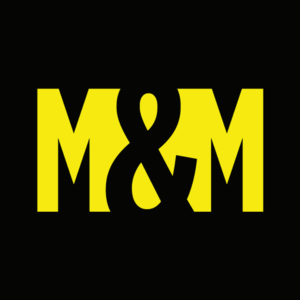








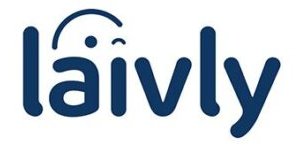



 TELUS Digital
TELUS Digital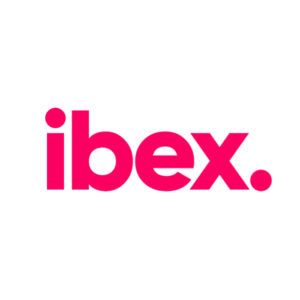 ibex delivers innovative BPO, smart digital marketing, online acquisition technology, and end-to-end customer engagement solutions to help companies acquire, engage and retain customers. ibex leverages its diverse global team and industry-leading technology, including its AI-powered ibex Wave iX solutions suite, to drive superior CX for top brands across retail, e-commerce, healthcare, fintech, utilities and logistics.
ibex delivers innovative BPO, smart digital marketing, online acquisition technology, and end-to-end customer engagement solutions to help companies acquire, engage and retain customers. ibex leverages its diverse global team and industry-leading technology, including its AI-powered ibex Wave iX solutions suite, to drive superior CX for top brands across retail, e-commerce, healthcare, fintech, utilities and logistics.



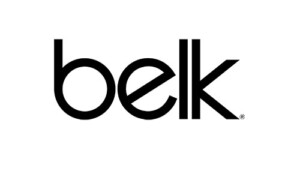
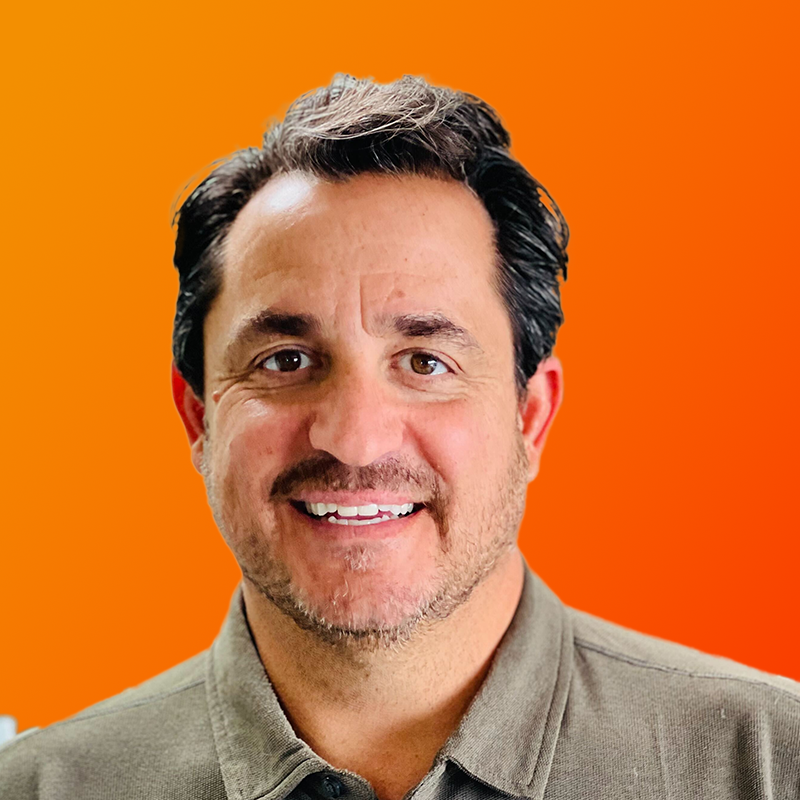



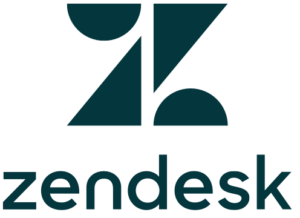
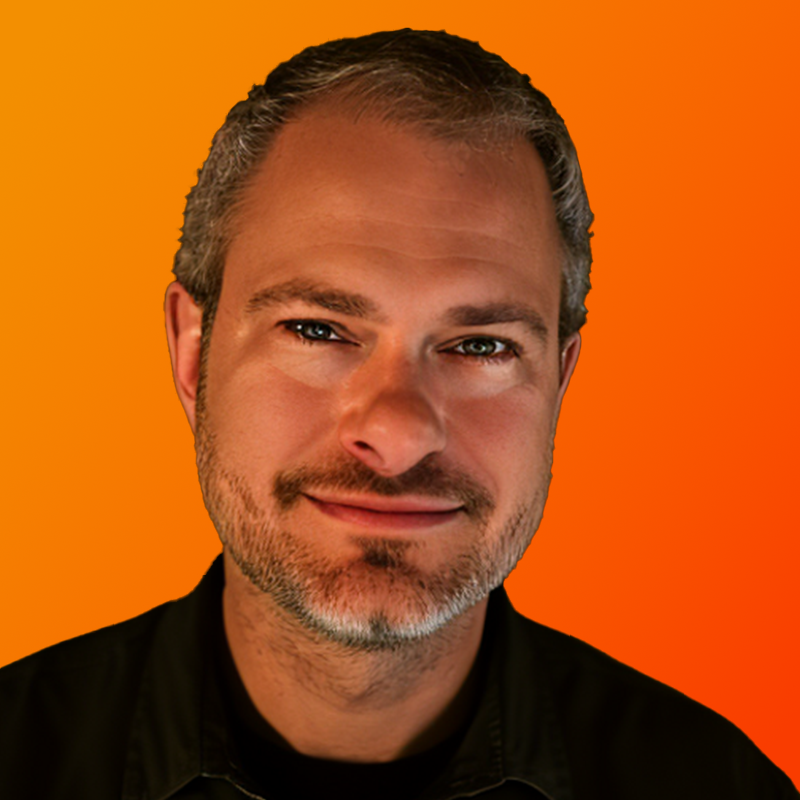









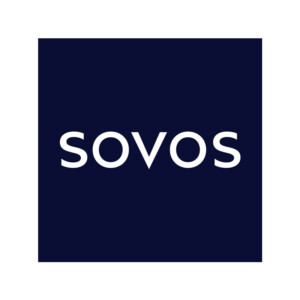


 Trista Miller
Trista Miller


